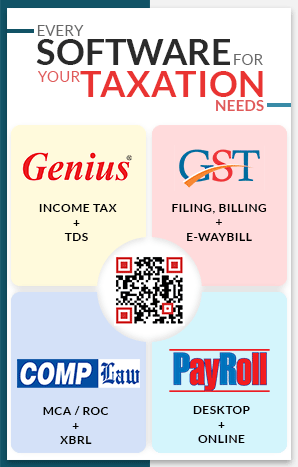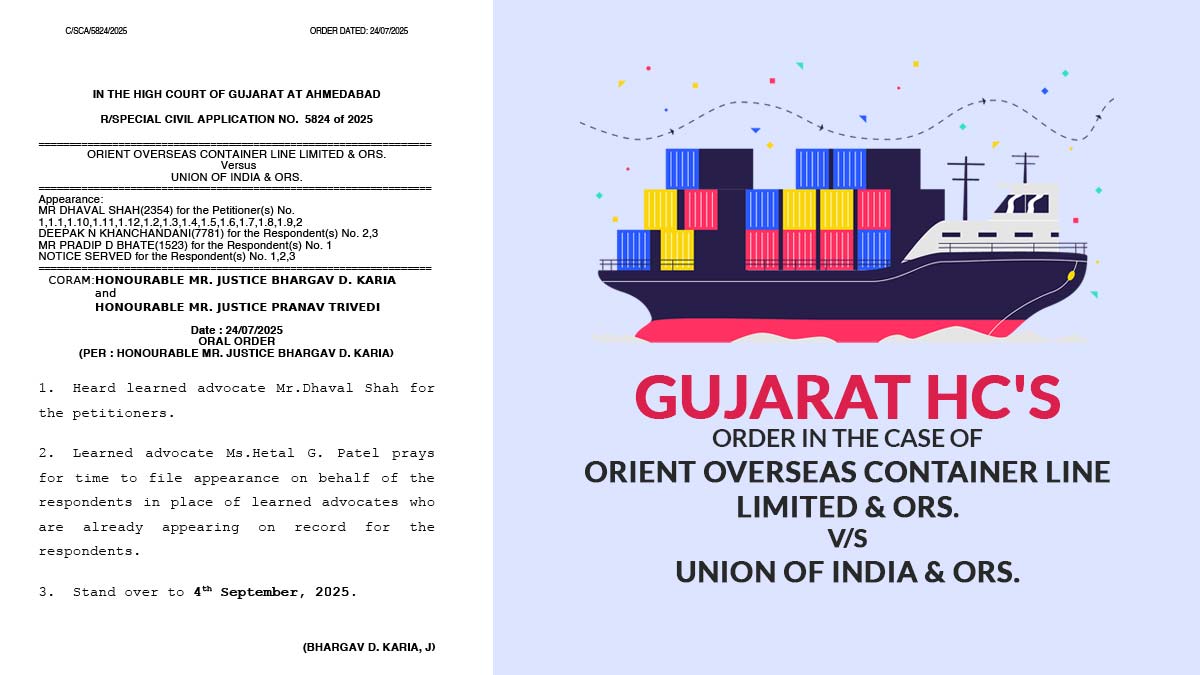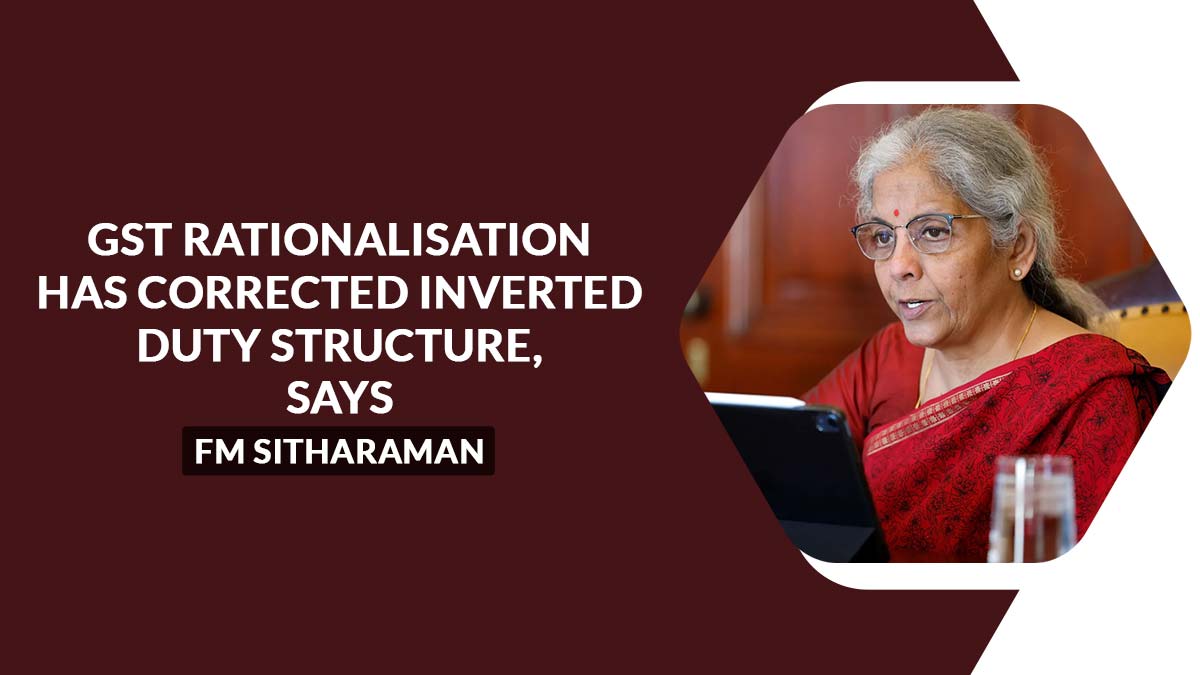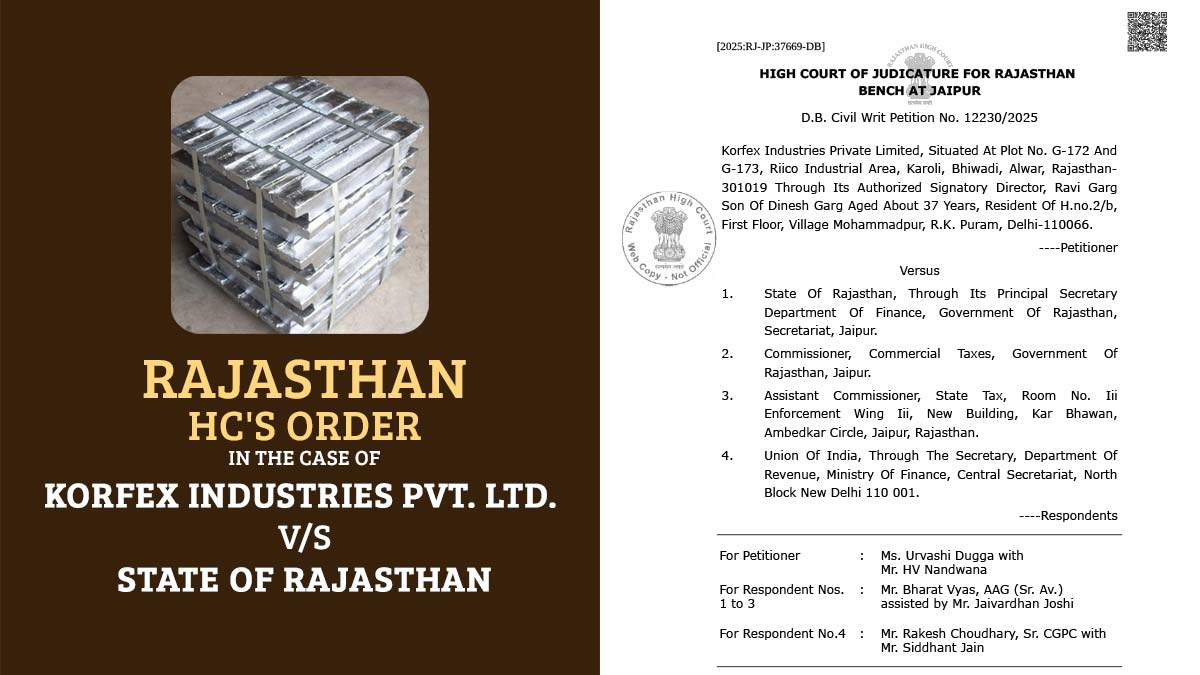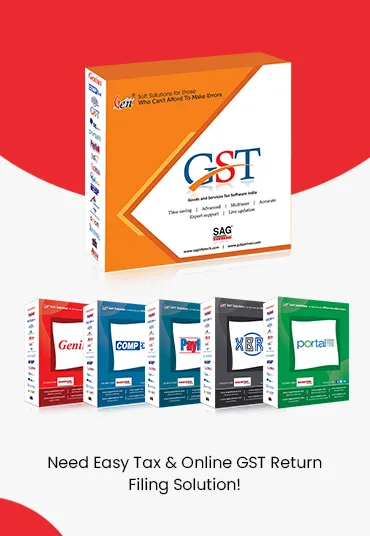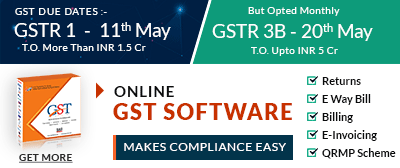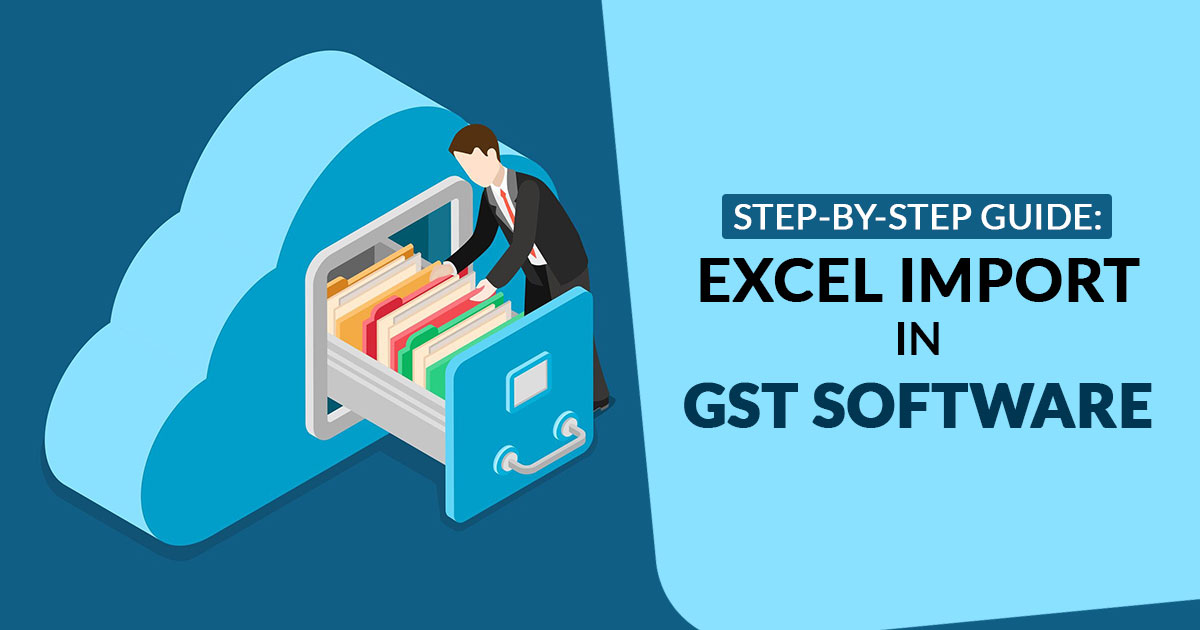
Businesses are required to maintain clear records of their sales, purchases, and tax payments with the rollout of the Goods and Services Tax (GST) in India. As Excel spreadsheets are user-friendly and flexible, small and medium-sized companies find it easier to use them to track their financial details.
But, manual entry of the data of GST returns into special GST software consumes much time and is prone to errors.
The best way to streamline this process is to import data from Excel into the GST software. This approach saves time and helps ensure that the information is accurate and fulfils all GST filing needs. Let us see how this step can be performed-
Reasons to Import Data from Excel into GST Software?
Before understanding the procedure, it is crucial to comprehend why importing Excel data is advantageous. Detailed records of invoices, purchases, and expenses in Excel are already kept by many businesses. Typing each entry manually into the GST software could be directed to:
- Human errors like wrong tax rates or incorrect GSTINs
- Duplication of work, since the same data already exists in Excel
- Wasted time, especially for businesses with hundreds of invoices each month
The process shall be automated by importing the data. Most GST software can read Excel files and automatically fill in the fields for GSTR-1, GSTR-3B, and other returns. It assists in ensuring the data is consistent, accurate, and formatted precisely for submission.
Step-by-Step Guide to Import Excel Data into GST Software
Step 1: Prepare Your Excel File
The initial step is to ensure that your Excel file is structured effectively. Each GST software complies with a format for importing the data; therefore, it is effective to use the sample template given by the software. Your Excel file must comprise columns for
- Invoice number and date
- Customer or supplier name and GSTIN
- Taxable value
- Tax rate and amount (CGST, SGST, IGST)
- HSN or SAC code
- Place of supply
Remove any empty rows, merged cells, or extra columns. Keeping the file clean and simple ensures that the software reads it accurately.
Step 2: Locate the Import or Upload Option
Post preparing your Excel file, open your GST software and look for an option like “Import Data,” “Upload Excel,” or “Import from File.” This option is available under sections such as Returns, Invoices, or Data Management, depending on the software you are using.
After you locate it, select the type of return or report you want to import data for, such as:
- GSTR-1 (Outward Supplies)
- GSTR-2A or 2B (Inward Supplies)
- GSTR-3B (Summary Return)
Step 3: Map Excel Columns to GST Fields
The software asks you to map your Excel columns with the GST return fields after uploading your Excel file. It is directed to match your Excel data with the internal format of the software.
For example:
- Invoice No. Column – GST field Invoice Number
- Invoice Date – Date of Issue
- GSTIN – Customer GSTIN
- Taxable Value – Taxable Amount
Some advanced software tools automatically fetch and map such columns if you use their sample Excel template. Validate the mapping manually to prevent data mismatches.
Step 4: Validate Imported Data
Once the mapping gets finished, then preview your data to assure everything seems precise. A validation feature has been provided by the GST software tools that checks your file for missing or wrong data.
During validation, look for:
- Missing GSTINs or incorrect formats
- Wrong tax rates or mismatched totals
- Duplicate invoices or inconsistent invoice numbers
- Invalid dates or calculation errors
If errors are discovered, correct them in Excel and re-import the file. Validation ensures your data fulfills GST conditions before submission.
Step 5: Save and Generate GST Returns
Post successful validation, you could save the imported data in your GST software. The information shall appear in the respective return forms.
After that, you are enabled to review and make edits if required, and generate your returns (like GSTR-1 or GSTR-3B). Specific software permits you to generate JSON files from the imported data for uploading to the official GST portal.
Importing Excel Data Advantages
Importing Excel data into GST software offers practical benefits
- Time Efficiency: Bulk uploads supersede repetitive manual entries, saving hours of work.
- Precision: Lowers the possibilities of human error and ensures data consistency.
- Convenience: Data can be imported for multiple months or clients simultaneously.
- Better Record-Keeping: Keeps digital consistency between Excel and GST filings.
- Error Reduction: Built-in validation averts inaccurate data from being filed.
Best Practices for Seamless Importing
To assure a seamless and error-free process:
- Use the official template provided by your GST software.
- Keep your Excel data updated with correct GSTINs and HSN codes.
- Avoid unnecessary formatting like merged cells, colors, or formulas.
- Validate before filing to detect any missing information.
- Backup your files before importing, so you have a copy in case of errors.
Closure: To ease your GST filing method, importing Excel data into GST software is an easy and efficient strategy. Automation via Excel import saves time, lessens manual effort, and reduces filing errors for managing a small business or managing the accounts for multiple clients.
Businesses with the support of advanced tools such as the Gen GST software of SAG Infotech can import data seamlessly, validate entries in seconds, and generate returns in GST-compliant formats. With the compliance of correct preparation and validation measures, you can assure seamless, precise, and hassle-free GST compliance every single time.



